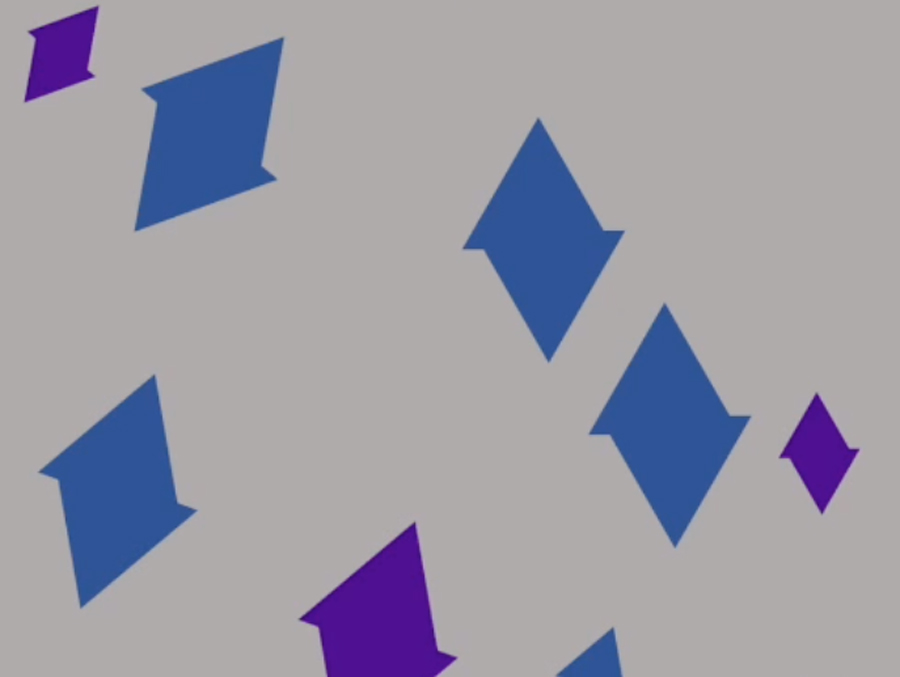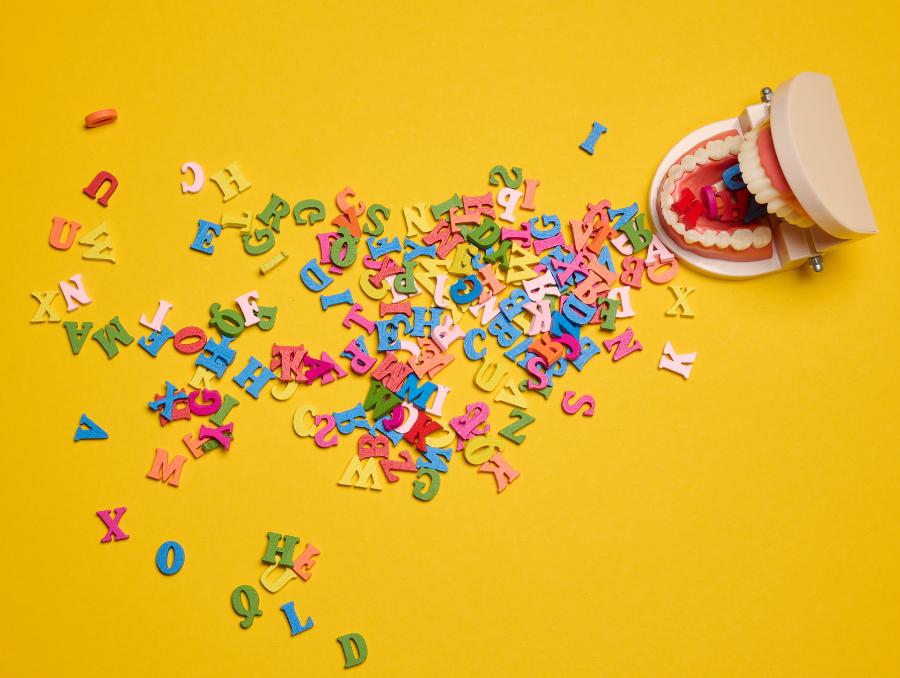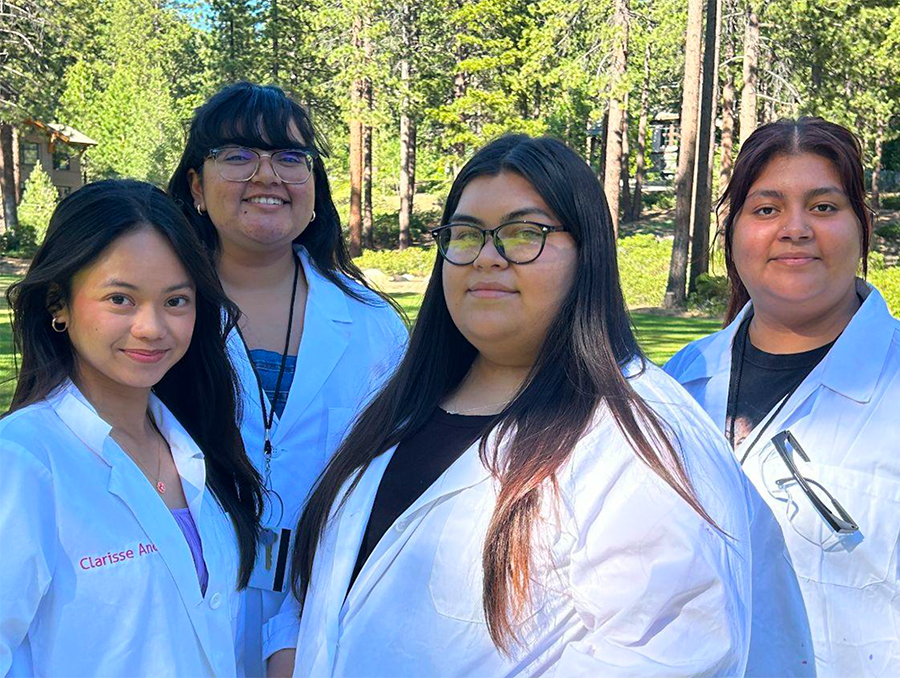Gideon Caplovitz, a professor in the Department of Psychology and the director of the Cognitive and Brain Sciences Graduate Program, recently discovered an illusion while creating shapes on the computer with his daughters. With the help of his daughters Eleanor and Evelyn, along with musical composition from Department of Music Professor Jean-Paul Perrotte, Caplovitz submitted the illusion to the Best Illusion of the Year Contest. Voting for the best illusion opened on May 24th at noon and closes on May 27th at noon.
“My lab creates and studies new visual illusions and use them to make inferences about how the parts of the brain dedicated to seeing are organized,” Caplovitz said.
Some of those illusions have been award-winning. Caplovitz’s submission is the Poggendorff Triangles illusion. The Poggendorff Triangles appear to have a common edge, but as Caplovitz shares in his video, there’s more to the edge than meets the eye. The name of the illusion comes from Johann Poggendorff, a psychologist from Germany who lived in the 18th and 19th centuries, who published a similar illusion.
Caplovitz’s lab has been very involved in the competition and has submitted many illusions over the years. His illusions have been selected as a top ten finalist six times. Caplovitz has been awarded third place twice and first place twice.
The contest, sponsored each year by the Neural Correlates Society, was started in 2005 by Susana Martinez-Condes and Stephen Macknik as part of the European Conference on Visual Perception in La Coruna, Spain. The contest gained popularity worldwide and has become an online event. Anybody can submit an illusion to the contest. The best illusion is chosen through a voting process once the top ten illusions are selected. You can vote for your favorite illusion at the contest website.















